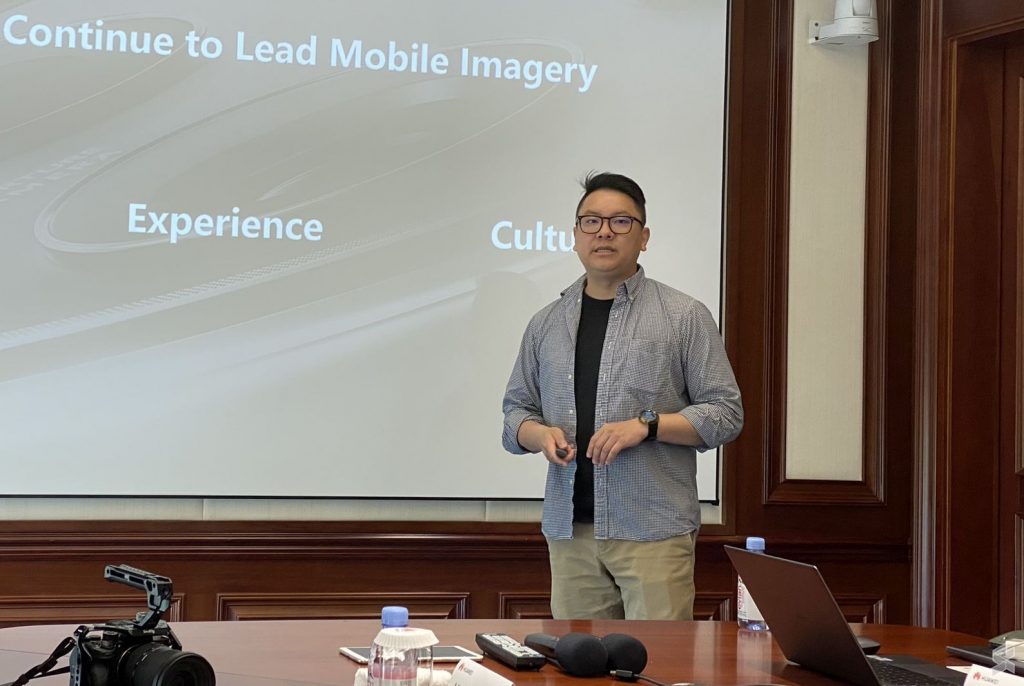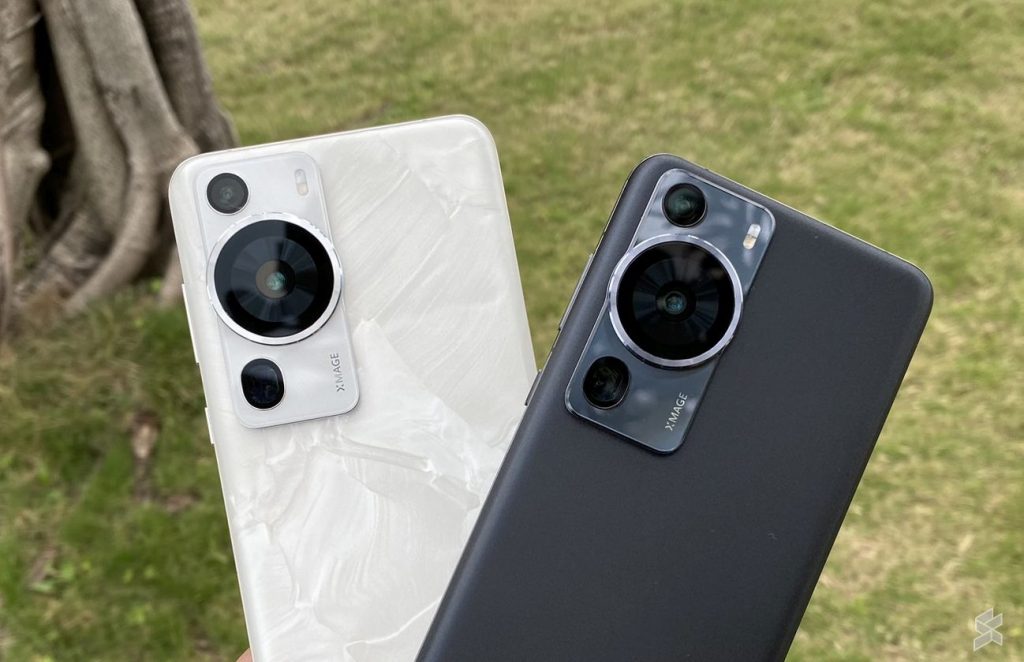The Huawei P60 Pro and the Mate X3 are Huawei’s latest flagship smartphones which feature its own developed XMAGE imaging technology. During our visit to Shenzhen, we spoke to Chaoyue Pan, a representative of Huawei’s Camera Solution Team about the current industry trends of putting larger 1-inch and high-pixel-count image sensors on a smartphone. Pan himself is also a professional photographer and had worked as a photojournalist in Egypt.

Pan shared that when it comes to image-making technologies, there are 4 aspects – optical, mechanical, imaging and processing. He said a 1-inch sensor falls on the imaging technology side and largely depends on the former two.
“If you don’t have advanced technology for these two parts (optical and mechanical), you can never feed the third part (imaging). This means nowadays if you use a 1-inch sensor and don’t have the perfect optical and mechanical design, you could never use 100% capability of the large 1-inch sensor,” he said.
He added Huawei definitely wants to use all the best technologies for sure and it is easy for them to mount a 2-inch sensor on a device. But the reality is that now is not the right time since they have not sorted out the capabilities of the former two parts (optical and mechanical) and they don’t have the capabilities yet to feed the 2-inch sensor.
Pan clarified that the 1″ image sensor itself is a good technology as the larger the better which is similar to professional DSLR cameras. But if you don’t have the right optical design which offers good light conditions and also the mechanical design which offers greater stability of the camera, you won’t be able to make good use of the large sensor.

After years of experience in mobile photography, Huawei believes its own XMAGE technologies cover all aspects including the optical lens, mechanical design, SuperSensing sensors and processing such as XD Fusion Pro. The current Huawei P60 Pro boasts having the brightest cameras on a smartphone using a combination of adjustable aperture, an array of low transmittance lenses and an RYYB sensor to capture more light. Similar to the Huawei Mate 50 Pro, the main 48MP camera has a variable aperture feature which offers 10-stops between f/1.4 to f/4.0. The larger f/1.4 aperture lets more light in while the smaller f/4.0 aperture provides greater depth of field which means you’ll get a sharper background. Huawei claims its main camera provides a higher light intake of 191% compared to the iPhone 14 Pro Max.
To get closer to the action, the 48MP telephoto camera is claimed to be the brightest as well. The periscope setup gets an “Ultra Lighting Lens Group” with an f/2.1 aperture which allows more light in comparison to typical telephoto shooters. Huawei claims that its P60 Pro’s telephoto camera has 488% light intake versus the iPhone 14 Pro Max. To help you capture a sharper zoomed-in image, Huawei has added an anti-shake sensor rotation feature to the P60 Pro to provide a 58% anti-shake improvement for its telephoto lens.
From our experiences with the Mate 50 Pro and the P60 Pro, Huawei is still more than capable of delivering an impressive camera experience even after its collaboration with Leica ended after the Huawei P50. The only imaging area which they need to improve further is its videography capabilities which seem to fall short behind its flagship competitors.
0 comments :
Post a Comment